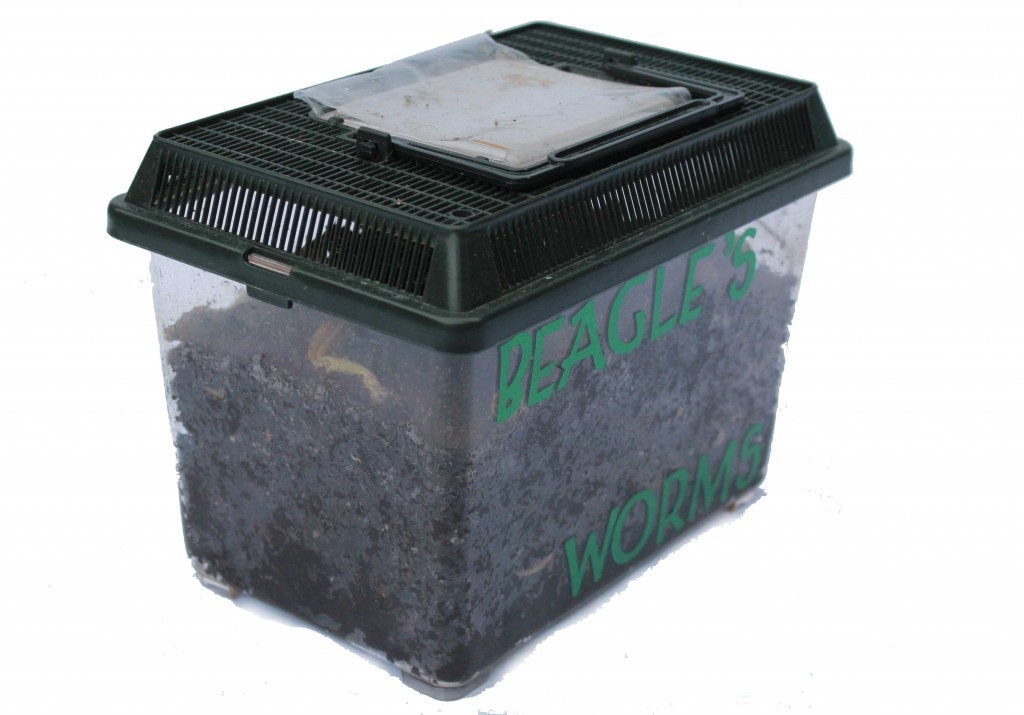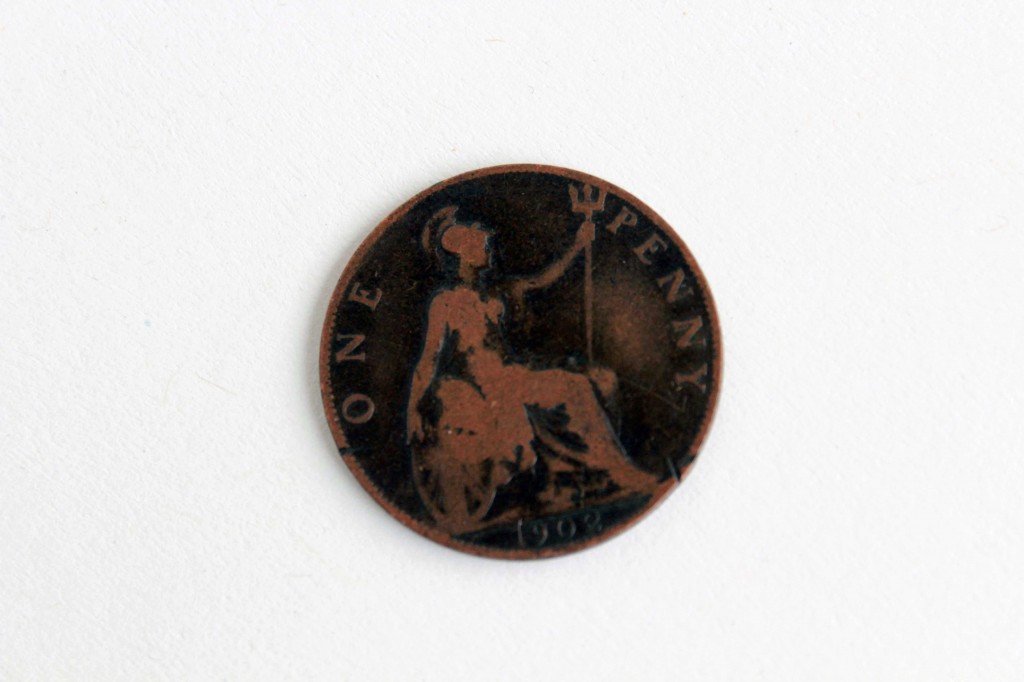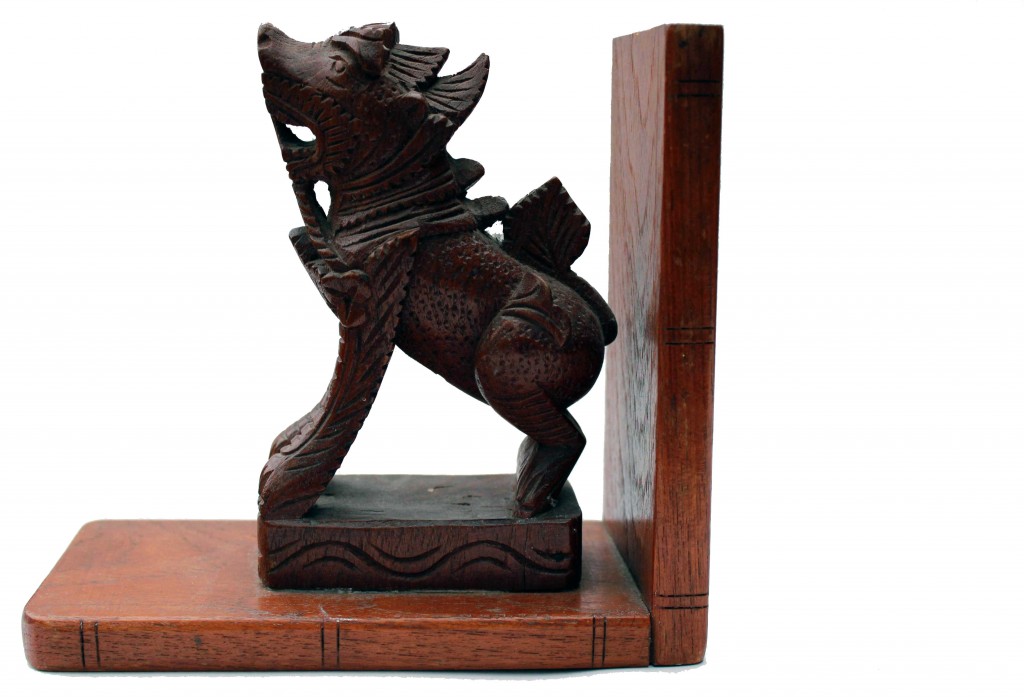by Dr. Andrew Flack
Taking ‘Animals and Empire’ from the seminar room to the computer screen was a process that taught me a great deal about the nature of public impact and, in the absence of my having previously led a diverse team of scholars, the importance of effective communication and collaborative cohesion within and beyond the academy.

‘The Empire Needs Men!’, World War One Recruitment Poster (c. 1915).
Arising from a conference hosted by the University of Bristol in June 2013, it quickly became clear that the array of cutting edge research papers delivered had significant potential to both set the evolving agenda for research into human-animal interactions in the modern world, as well as having the ability to engage the public in an innovative arena of academic endeavour with substantial implications for the contemporary world. In the months before the conference, the Animal History Museum, based in Los Angeles, contacted me to propose a new form of exhibit for their webspace; that which brought an academic perspective on human-animal interactions to the public in an engaging and accessible way.
One of the major challenges in taking a body of research into the public arena was ensuring cohesion across the exhibition so that there was a clear narrative. Each author arrived with their own particular research area and style of communicating the fruits of their research. Ensuring consistency across contributions, without stifling the individuality of the pieces, was a process that was ongoing throughout the almost year-long curation process. Furthermore, writing for public dissemination is quite different from writing for a journal or scholarly monograph, and a central part of my role was ensuring that research findings were clearly and engagingly communicated, while retaining the clear sense of scholarly integrity that was to characterise the exhibit as one with roots in serious and rigorous academic research.
‘Animals and Empire’ is the first exhibit of its kind to be commissioned by the Animal History Museum.Both the Museum and the exhibition team were learning as they went along, assessing what was working and what was not, and this required a great deal of patience and persistence (for which I am eternally grateful…!). The Museum hopes that this exhibit will provide a rigorously tested model for future exhibits of this nature.






